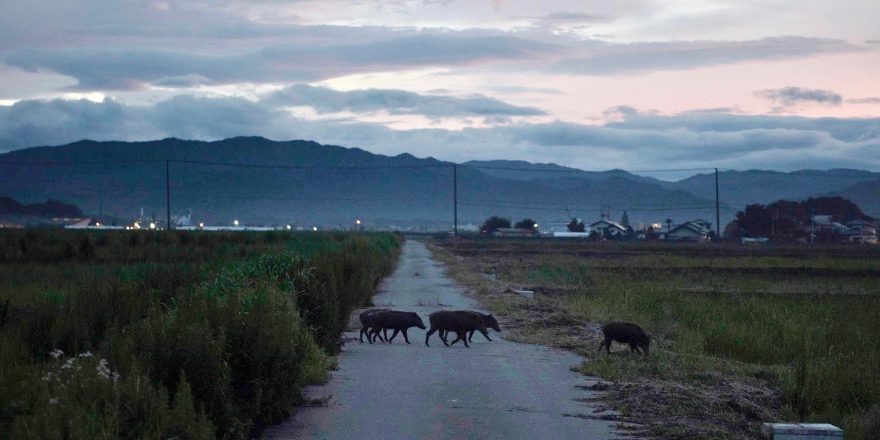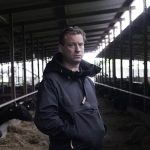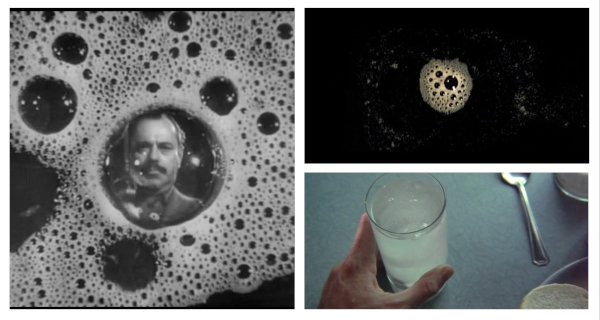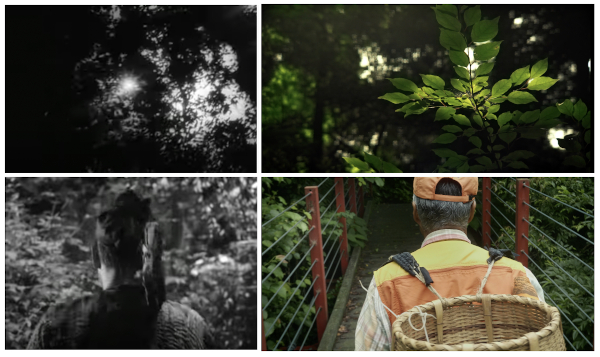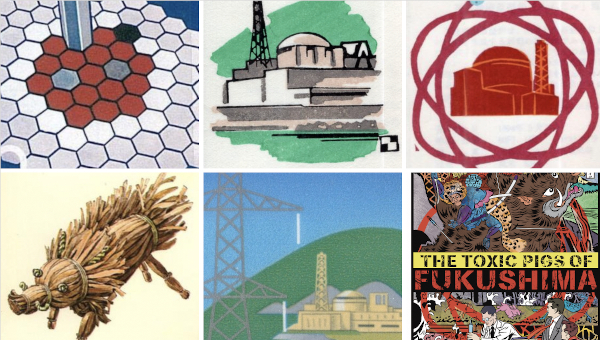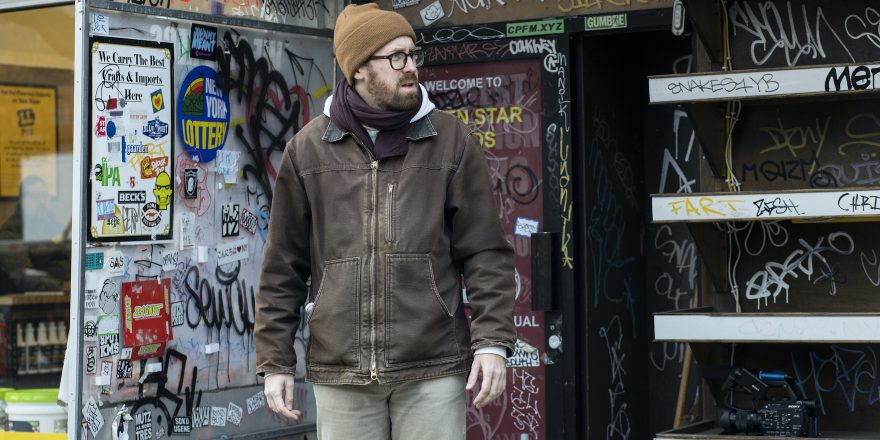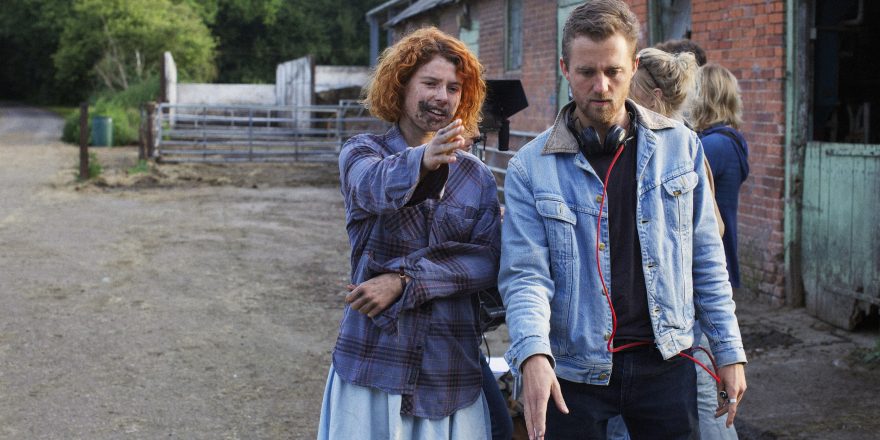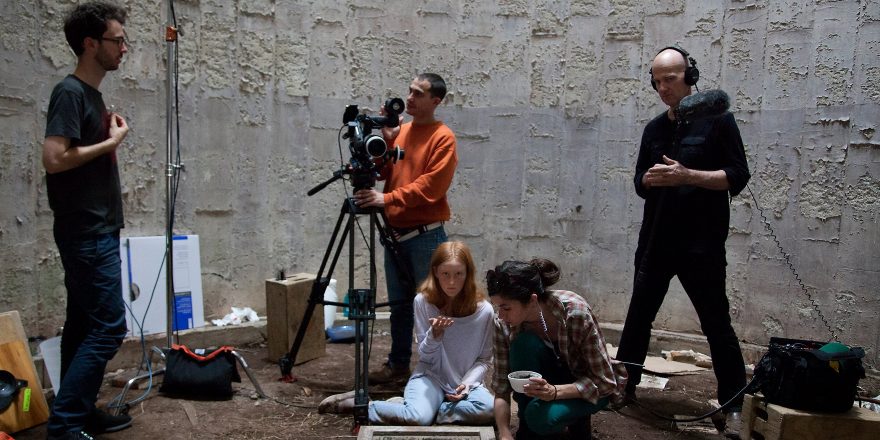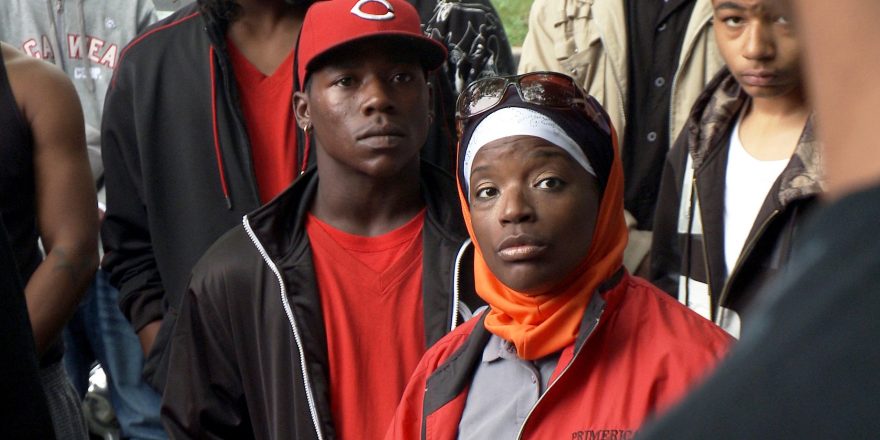Do you remember where you were when you first saw Mark Cousins’ meisterwerk The Story of Film: An Odyssey? I do, because I consider that 15-episode opus to be the finest primer there is in filmmaking. Ten years ago, I found a lone copy of the DVD box set at HMV in Heathrow Airport. I returned to my attic apartment on the Bowery, slammed in the first disc and promptly had my eyes opened to intertextuality in film.
In a tour-de-force opening, Cousins explains that when “we’re sitting in the dark” it is “visual ideas, more than money or marketing” that “drive cinema and excite us.” In a single daisy-chain of references, he brings this thesis to life by tracking troubled characters looking into bubbles over 30 years: from Carol Reed’s Odd Man Out (1947), down through Jean Luc Godard’s 2 or 3 Things I Know About Her (1967) and on to Martin Scorsese’s Taxi Driver (1976). My mind expanded, I carried this intoxicating point of view with me to Japan when I got the opportunity to make my new film, The Toxic Pigs of Fukushima.
Cousins elaborates by discussing Ozu’s “pillow shots,” those trademark transitional cutaways that pepper the Japanese master’s films by typically coming to rest on a landscape or an empty room for five or more seconds. Cousins notes these “calm, emotionally restrained” frames tend to linger on the seemingly mundane: “a cat, a chiming clock, a kettle quietly coming to the boil” and in so doing, link back to the tradition of ‘pillow words’ in classical poetry – a short addendum word or two that refers back to the line you have just read, or alters the meaning of the words you are about to read. Armed with this evidence, Cousins spikes his argument that “Hollywood’s not classical, Japan is.” I dutifully screenshotted every pillow shot I could find, printed them out and referred to this “look book” nearly every morning before starting filming in Fukushima. Ozu’s pillow shots often feel to me like passive aggressive comments on the increasing commercialization of post-World War II Japan. Revisiting them some 70 years later was a goal of mine; seeing how the consumer goods and symbols of supposed progress – so shiny and new in Ozu’s films – were now laid low and degraded by yet another devastating nuclear disaster.
However, matching Ozu’s pillow shots was more than a mere homage for me – it was a useful exercise that furthered the themes of my documentary short. It turns out that dwelling on an inanimate object or unchanging landscape for five seconds or more is, subconsciously at least, an unnerving amount of time to spend in a scene without a human in it. We think we leave indelible fingerprints on the world, but the Fukushima I found was almost absent of people. Nature had clawed back the man-made elements of the landscape. Wild boars had flourished and annexed the abandoned streets and villages. Employing up-to-date vignettes in the style of Ozu allowed me to erode the primacy of people in this radiated ecosystem. I did not stop there, as we consciously echoed Ozu’s “tatami” shots as well, often placing our cameras low, roughly in line with the eye level of a person kneeling on a traditional Japanese tatami mat. A remote-controlled buggy allowed me to add forward movement to his signature lower-center-of-gravity camera position. These push shots attempt to give the feeling of falling into one of Ozu’s famous frame-within-a-frame human portraits, while also being at the right height to impart the sense of a boar’s eye view – thereby balancing the perspectives in the film between human and animal.
Once I started, no great director was safe from my magpie approach. My opening graphic of earthquake telemetry is a nod to Lucy Walker’s scene-setting, live-action footage of the 3/11 Fukushima disaster from her excellent The Tsunami and the Cherry Blossom. The final shot is the only glimpse I gave of the towering, melted-down reactor in the heart of the off-limits Zone 1. On the one hand, this was designed to throw emphasis on to the testimonials of the survivors, as opposed to the institutions … but it was also meant to recall the smokestack silhouettes of Tarkovsky’s seminal Stalker. Then there are the over-the-shoulder shots of the lone hunter Goru-san, which are torn from Kurosawa’s introduction of the woodcutter in Rashomon. Only, in accordance with the times, my visual narrator is carrying a rifle instead of an axe. The very woods Goru-san walks through are filmed in a similar way to Gus Van Sant’s The Sea of Trees – not just because that is how trees should be filmed, but also to borrow equity from that piece of suicide-themed cinema.
Indeed, I carried these intertextual habits all the way to the finishing touches of The Toxic Pigs of Fukushima. When it came to the color grade, I wanted to impart the unseen heaviness of the place, a pervasive feeling that haunts Fukushima by dint of the omnipresent, yet invisible threat of radiation. Alfonso Cuarón’s contemporary classic Children of Men was helpful here, dialing up the greens to underscore nature run wild, muddying the sky to maximize a feeling of oppression – all lessons learned from the greats. Of course, intertextuality was born in literature but it extends to all art, not just film. When it came to the poster for this short documentary, I was inspired by a box of old postage stamps I stumbled upon at a jumble sale in Kyoto. The stamps were mostly from the 1950s and officially celebrated the arrival of nuclear power to Japan. To me, they signaled all the hope and promise that characterized the dawn of the Atomic Age – in hindsight, a sad moment of hubris. I contacted the dazzling Japanese street artist Lady Aiko and shared the stamps with her. She folded them into the key art for the film, simultaneously imbuing this new artwork with her own experience tagging the walls of Fukushima in the immediate days and weeks following the meltdown in 2011.
My reverence for the work of great directors includes those who have contributed essays to Talkhouse. I am encouraged by the transparency of The Art of Stealing by Luigi Campi, Under the Influence by Michael Pearce and How To Remember Your Idols by John Wilson. As Pearce points out, “all films have a cinematic genealogy” and I agree that there is no need to “conceal their influences to mask insecurities about their own singularity.” Being a student of film is not a weakness because – and here’s the kicker – if you love making films, then seeking out intertextuality in your own attempts is downright fun. It is a treasure trove of Easter eggs. Personally, I find it a delicious space to retreat to when the realities of documentary pre-production threaten to overtake the creative process. Looking up at these star filmmakers allows you to focus on what you are actually going to make – what people will or won’t see when we’re sitting in the dark.


